Polylub GLY 151
4 5 (1 evaluate)Category: Kluber
Manufacturer: Kluber Lubrication
Origin: Germany
Packaging: 1kg, 25kg
POLYLUB GLY 151 is a lubricating grease developed from a combination of synthetic hydrocarbon oils, mineral oils and special lithium soap. POLYLUB GLY 151 provides outstanding friction and wear reduction, protecting plastic bearings, sliding surfaces and small gears, while improving their performance during operation.
Technical data sheet of Polylub GLY 151
|
Product data |
POLYLUB GLY 151 |
POLYLUB GLY 151 Spray |
|---|---|---|
|
Article number |
020235 |
081297 |
|
Oil type |
Mineral oil, synthetic hydrocarbon oil |
Mineral oil, synthetic hydrocarbon oil |
|
Thickener |
Special lithium soap |
Special lithium soap |
|
Additives |
UV |
- |
|
Minimum operating temperature |
-50 °C / -58 °F |
about -50 °C / -58 °F |
|
Maximum operating temperature |
150 °C / 302 °F |
150 °C / 302 °F |
|
Color |
Beige |
Beige |
|
Specific gravity at 20 °C |
about 0.85 g/cm³ |
about 0.85 g/cm³ |
|
Penetration at 25 °C (lower limit) |
310 x 0.1 mm |
310 x 0.1 mm |
|
Penetration at 25 °C (upper limit) |
340 x 0.1 mm |
340 x 0.1 mm |
|
Shear viscosity at 25 °C (lower limit) |
1 800 mPas |
1 800 mPas |
|
Shear viscosity at 25 °C (upper limit) |
3 000 mPas |
3 000 mPas |
|
Kinematic viscosity of base oil at 40 °C |
about 150 mm²/s |
about 150 mm²/s |
|
Kinematic viscosity at 100 °C |
about 18.5 mm²/s |
about 18.5 mm²/s |
|
Anti-corrosion (distilled water, 1 week) |
<= 1 corrosion degree |
<= 1 corrosion degree |
|
Oil separation (30 h/100 °C) |
<= 6% mass |
<= 6% mass |
|
Drop point |
>= 250 °C |
>= 250 °C |
|
Anti-oxidation (100 h/99 °C) |
<= 0.3 bar |
<= 0.3 bar |
|
Water resistant (3 h/90 °C) |
<= 1 - 90 |
1 - 90 |
|
Minimum shelf life |
36 months |
24 months |
Key features of Polylub GLY 151
-
POLYLUB GLY 151 is a lubricant formulated from a combination of synthetic hydrocarbon oils, mineral oils and special lithium soap. POLYLUB GLY 151 consists of three types of greases that effectively reduce friction and wear for plastic plain bearings, slide bearings and small gears.
-
With its improved formula, POLYLUB GLY 151 contains no solid lubricants but has high adhesion, providing optimal performance in applications involving plastics and elastomers.
-
POLYLUB GLY 151 has been approved by many reputable manufacturers in the automotive industry, including standards such as DBL 6827.60, VW TL 52147, Ford WSD-M1 C244-A, Brose Fettgruppe 11, and many others.
-
A highlight of POLYLUB GLY 151 is the integrated UV indicator, which allows reliable lubrication detection (at 366 nm wavelength) even when very small amounts of lubricant are used. POLYLUB GLY 151 also helps to reduce noise and vibration of switches and contacts, improving the performance and durability of the equipment.
Application of Polylub GLY 151
-
POLYLUB GLY 151 is widely used in moving parts of automobiles, including gear levers, heating and ventilation system moving mechanisms, shock absorber seals, connecting rods, seat mechanisms, and sunroof guide systems. POLYLUB GLY 151 is also applied to pedals, providing superior lubrication, helping these parts operate smoothly and durably.
-
POLYLUB GLY 151 is particularly effective in the lubrication of plain bearings, helping to prevent stick-slip in applications where a hydrodynamic lubricant film cannot normally be formed. POLYLUB GLY 151 is suitable for a wide range of plain bearing designs, providing significant reductions in friction and wear.
-
For small electric gears with plastic-metal friction components, POLYLUB GLY 151 provides effective lubrication, especially in manual gear applications operating at very low sliding speeds, where conventional lubrication may not be effective enough.
-
POLYLUB GLY 151 is used in pneumatic valves and cylinders, both with and without piston rods. However, the maximum operating temperature for these applications should not exceed 130 °C to ensure long-term lubrication efficiency.
-
POLYLUB GLY 151 is also used for the lubrication and sealing of various types of seals. The product is particularly suitable for plastic components subject to wear during relative movement with metal or plastic surfaces.





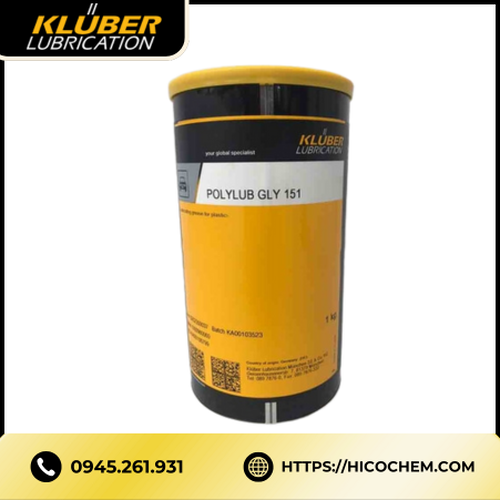
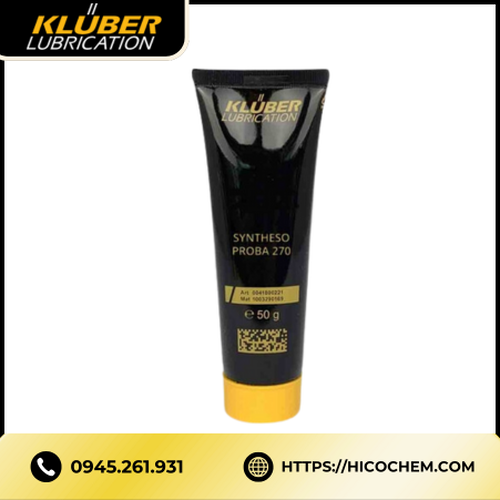
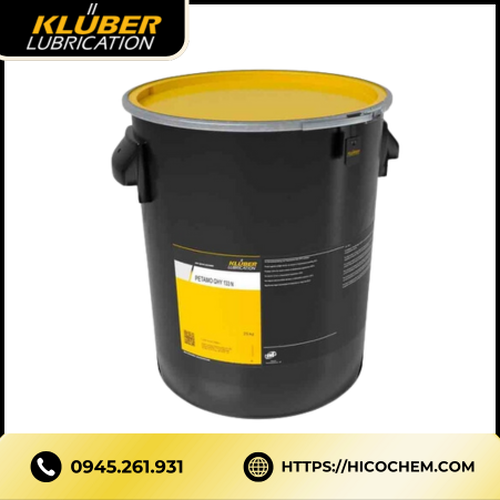

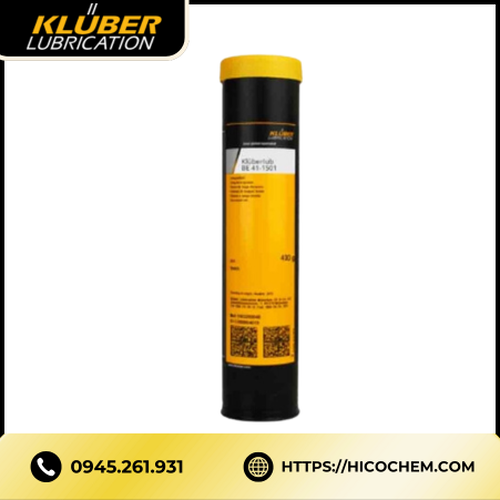
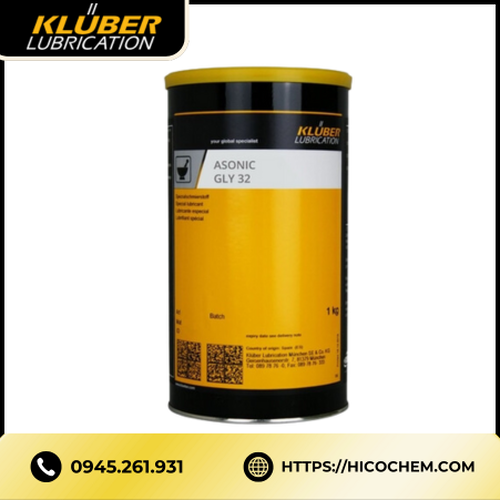

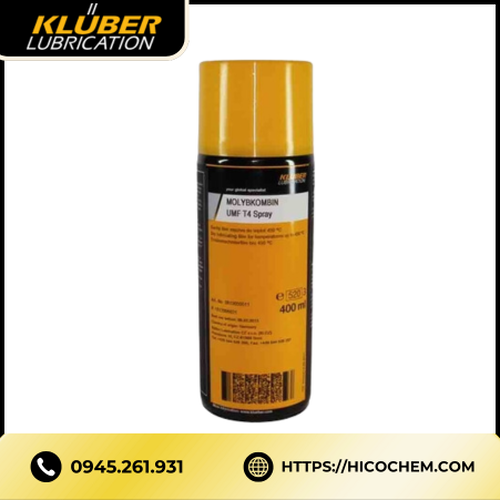
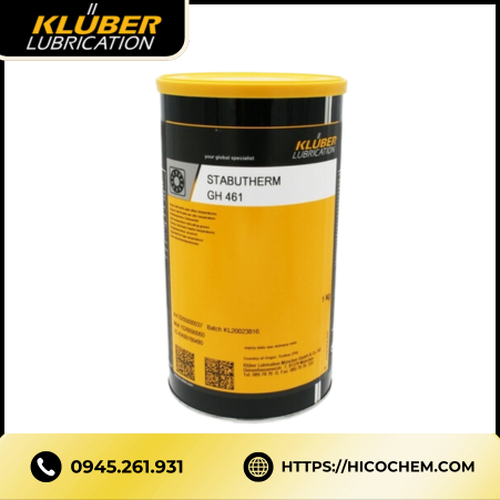
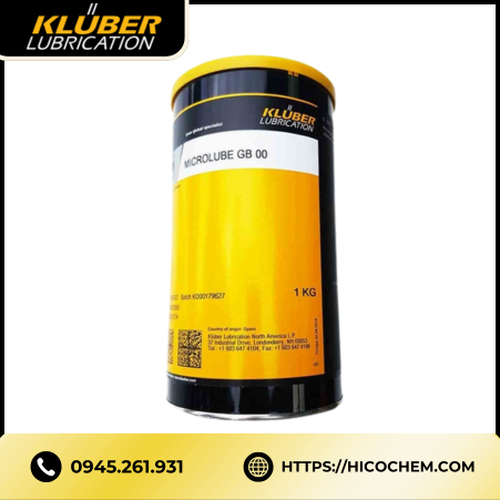
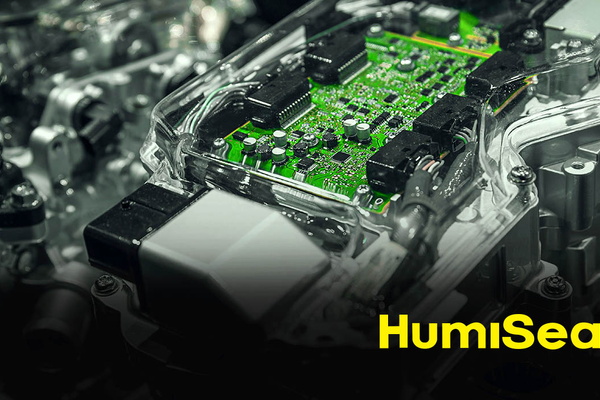
AAdministratorsQTV
Welcome. Feel free to leave a comment, we will respond soon